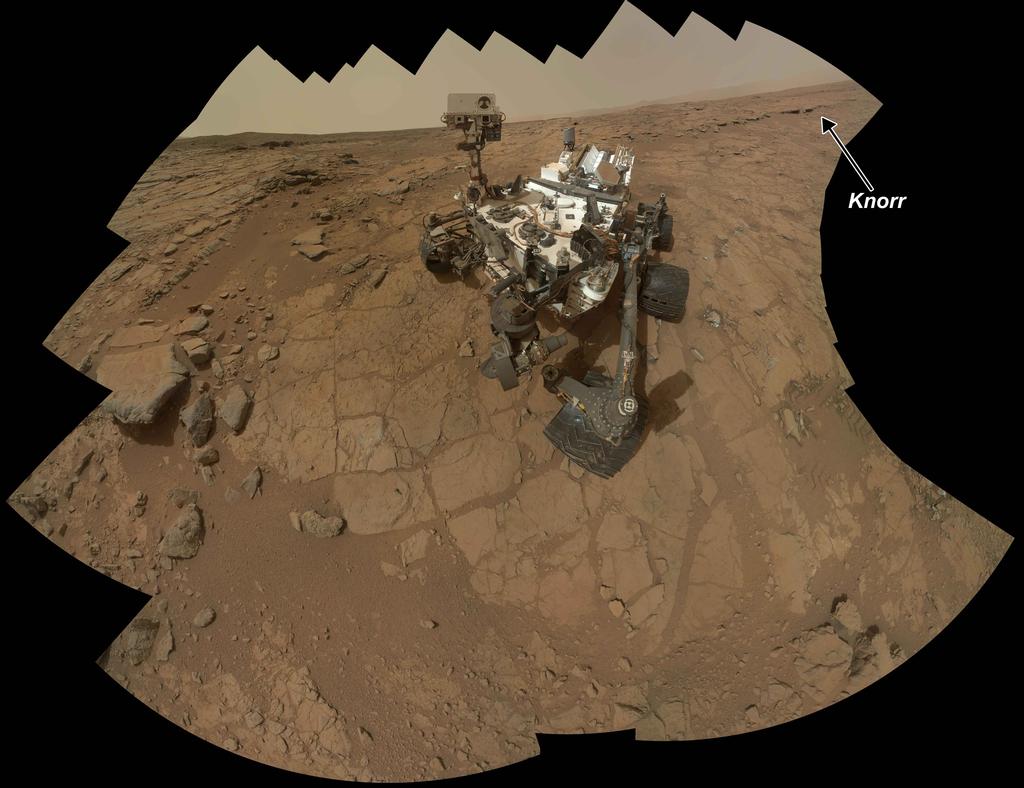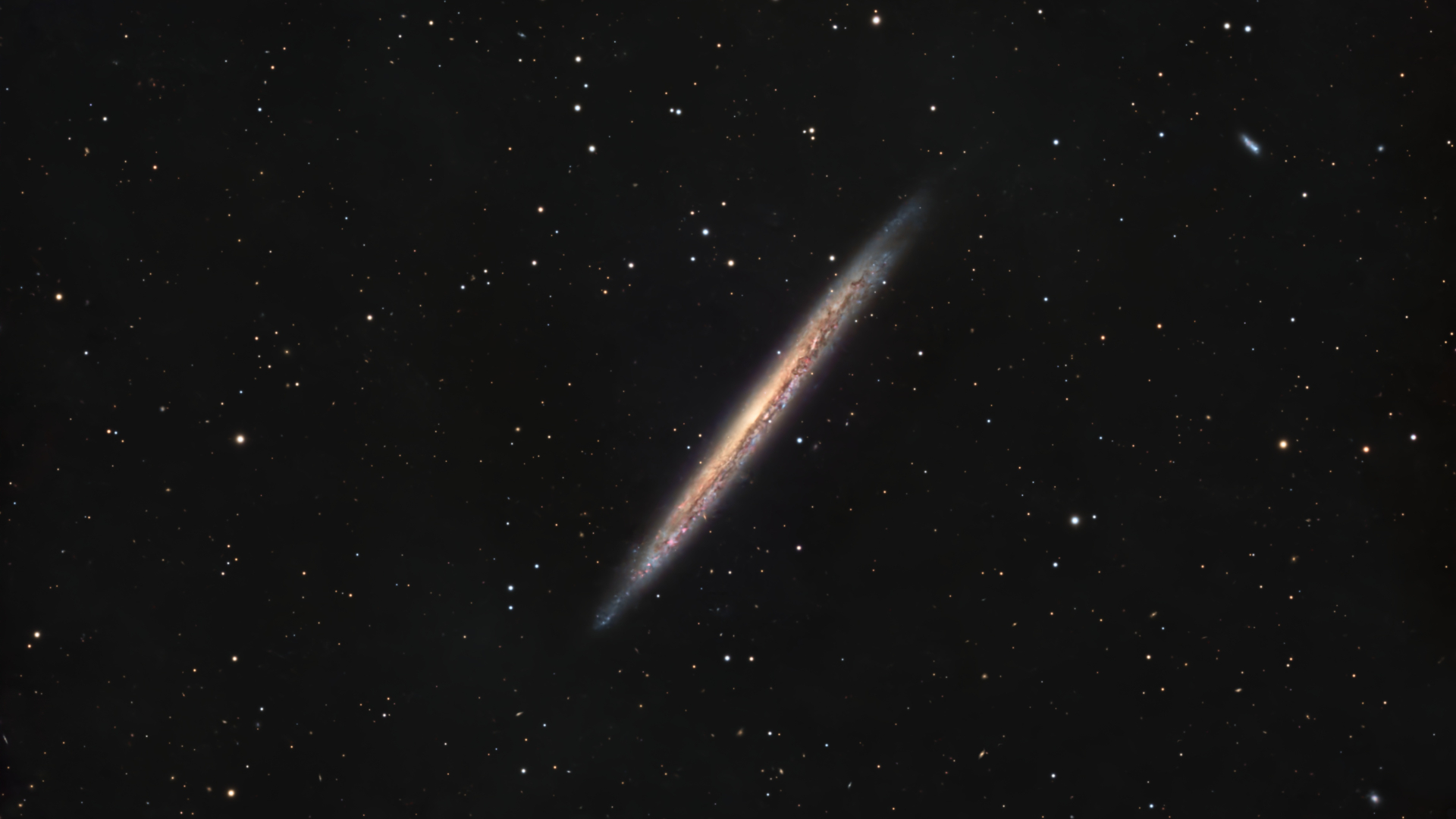Mars Science by Curiosity Rover Hits New Snag

A new glitch on NASA's Mars rover Curiosity has forced the vehicle to stay in safe mode longer than planned, stalling science operations for another couple of days, scientists said today (March 18).
The Curiosity rover had paused in its scientific investigation of the Red Planet in late February, when corrupted memory files forced engineers to switch the rover's main operations from its "A-side" computer to its "B-side" backup.
Just as the computer switch was sorted out, though, mission managers decided to put the rover back in standby mode on March 5 to protect it from possible radiation that could be released by a major solar flare pointed toward Mars. Curiosity had come out of safe mode following that scare, but normal science operations had not yet resumed.
Now, a computer file error has forced the rover into safe mode again.
"This is not something which is rare or extraordinary,"Curiosity chief scientist John Grotzinger said today at the Lunar and Planetary Science Conference in The Woodlands, Texas. "It does mean that science has to stand down for a couple more days."
The latest issue has to do with some of the rover's files that were scheduled for deletion. One of those files was connected to a file still in use by the spacecraft, so the deletion process prompted an error that sent the rover into safe mode again, preventing the rover from resuming science as planned. [Curiosity Rover's Latest Amazing Mars Photos]
"If not for the latest safing, we would have been back in action today," Grotzinger said. "The expectation is, it's going to take a couple of sols [Martian days] to resolve this one."
Get the Space.com Newsletter
Breaking space news, the latest updates on rocket launches, skywatching events and more!
Despite these technical setbacks, though, Curiosity's team of scientists has been forging ahead with analysis of the wealth of data collected by the rover so far. Those measurements allowed the researchers to declare last week the mission had found proof that a spot on ancient Mars would have provided habitable conditions to microbes, had they been present during the planet's past.
New research discussed today at the Lunar and Planetary Science Conference elaborates on that finding, suggesting that those habitable conditions extended beyond the particular site named last week, which lies in an area called Yellowknife Bay.
While the first evidence of past habitability came from Curiosity's drill, which bored into rocks in Yellowknife Bay, the new findings of more widespread habitable conditions come from the rover's Mast Camera (Mastcam), which has near-infrared filters that can detect iron-bearing rocks and hydrated (water-containing) minerals.
"With Mastcam, we see elevated hydration signals in the narrow veins that cut many of the rocks in this area," Melissa Rice of the California Institute of Technology in Pasadena, Calif., said in a statement. "These bright veins contain hydrated minerals that are different from the clay minerals in the surrounding rock matrix."
The scientists were able to track variations in the amount of hydrated minerals in different locations, as well as between different layers of the Martian surface.
"A very significant message from the instrument data is that we are sensitive not only to the global variations, but also to the local variations," said Maxim Litvak of the Space Research Institute in Moscow, who is deputy principal investigator of Curiosity's Dynamic Albedo of Neutrons (DAN) instrument, which measures hydrogen on the Marian surface.
The $2.5 billion Curiosity rover, the centerpiece of NASA's Mars Science Laboratory mission, landed on Mars in August 2012 after launching the previous November. The rover has already accomplished its main goal, which was to determine whether the Red Planet was ever habitable to microbial life. Though the answer to that query has now been settled, the larger question of whether such life ever existed on Mars remains open.
Follow Clara Moskowitz @ClaraMoskowitz and Google+. Follow us @Spacedotcom, Facebookand Google+. Original article on SPACE.com.

Join our Space Forums to keep talking space on the latest missions, night sky and more! And if you have a news tip, correction or comment, let us know at: community@space.com.

Clara Moskowitz is a science and space writer who joined the Space.com team in 2008 and served as Assistant Managing Editor from 2011 to 2013. Clara has a bachelor's degree in astronomy and physics from Wesleyan University, and a graduate certificate in science writing from the University of California, Santa Cruz. She covers everything from astronomy to human spaceflight and once aced a NASTAR suborbital spaceflight training program for space missions. Clara is currently Associate Editor of Scientific American. To see her latest project is, follow Clara on Twitter.
